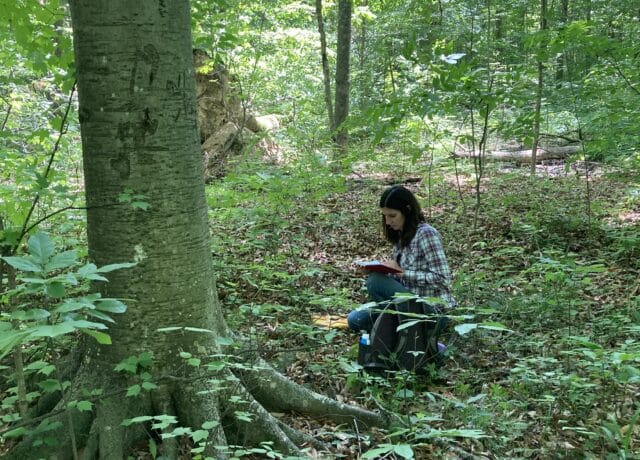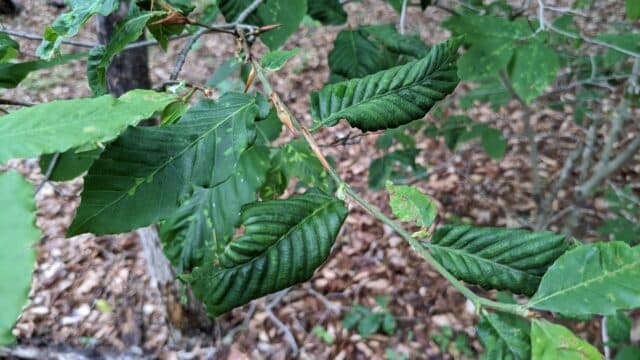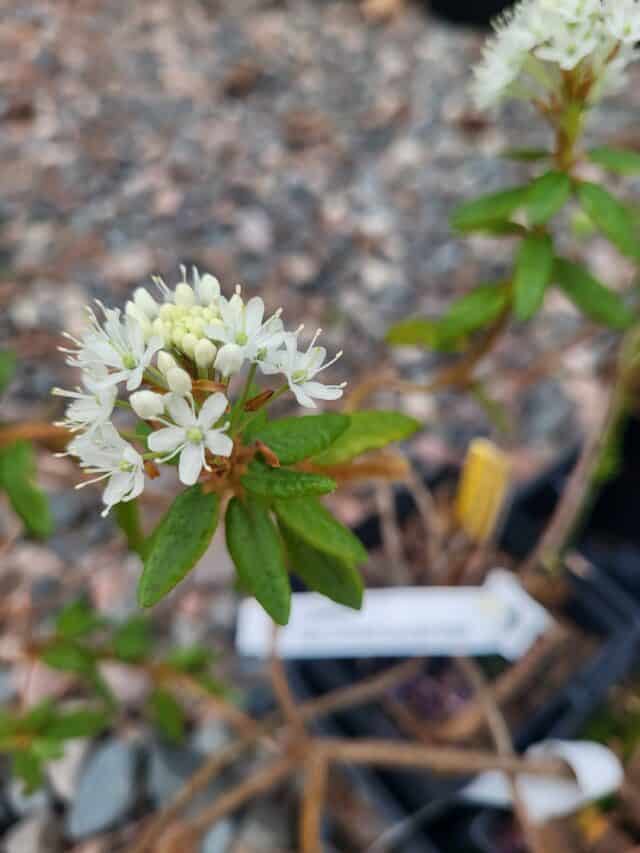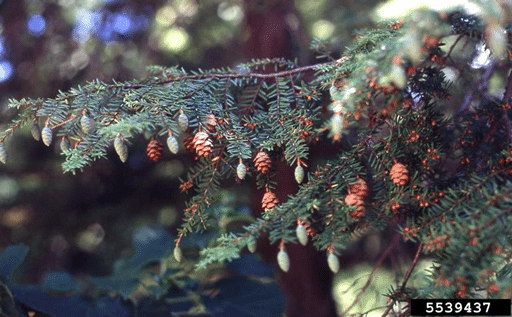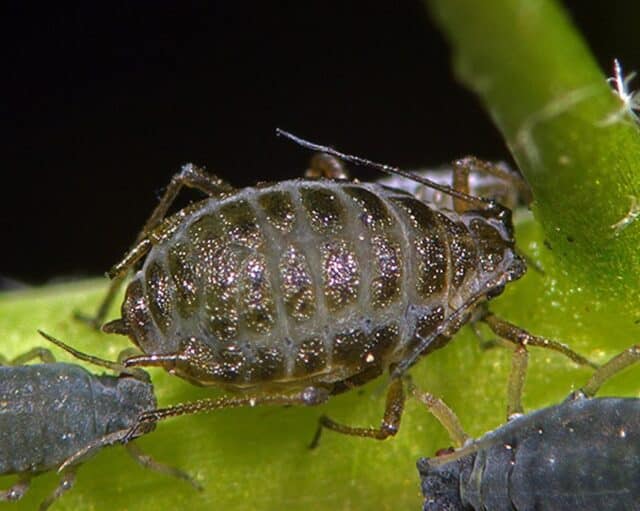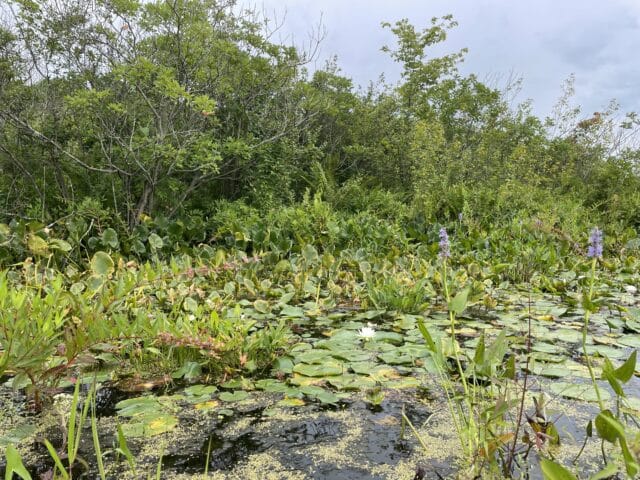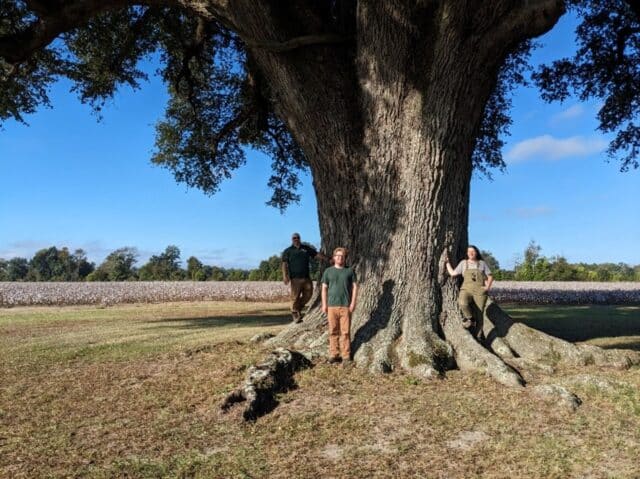
Unseasonably warm spring weather threw a curveball at researchers at the Holden Arboretum, who study the flowering time, pollinators, and microbiomes of crabapple trees. The crabapple plot at the arboretum is part of a nationwide project that is investigating the link between crabapple cultivars and its susceptibility to disease. The researchers at the Wei Lab are particularly interested in how the microbiome of crabapple trees influence their resistance to pathogens that cause unsightly blemishes on the leaves and fruits.
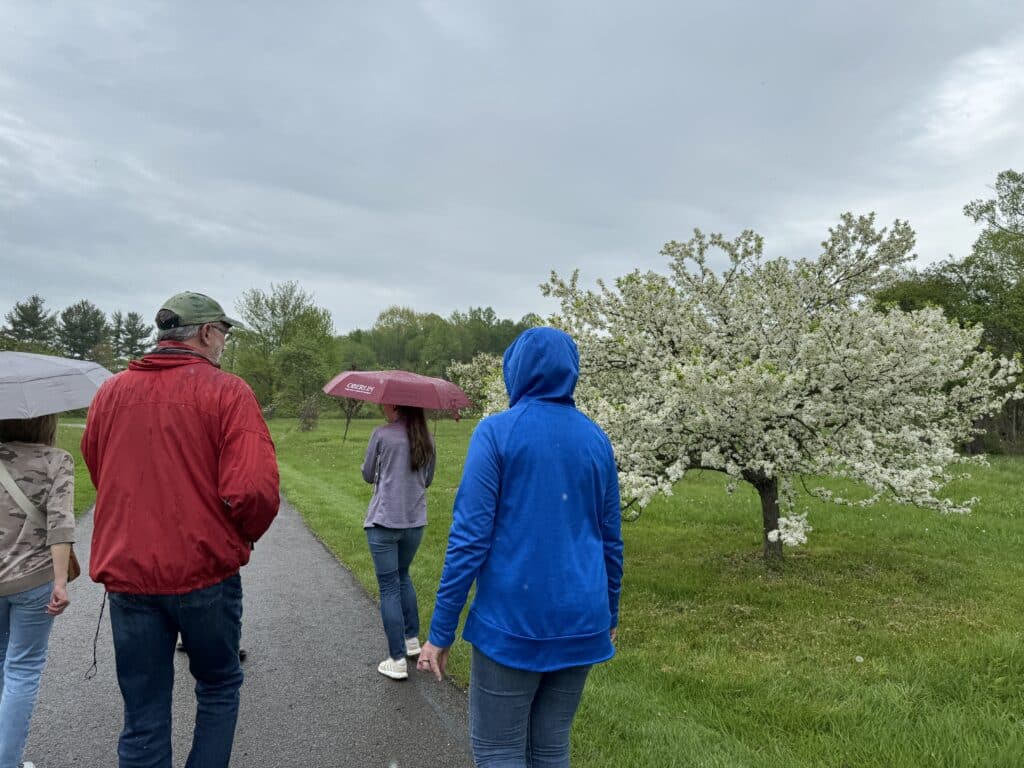
As part of Holden’s Meet Our Scientists series, on May 4, Maris Hollowell and Emily Lewis, two research specialists of the Wei Lab, showed guests some of these beautiful trees and watched for pollinators. Peak flowering for the crabapple is typically between late April and early May. During the event, the guests were able to collect flowers from crabapple trees and learned about pollination syndromes—different characteristics a flowering plant may exhibit to attract a certain group of pollinators. Crabapple trees are open-pollinated, meaning they rely on pollinators to transfer pollen between flowers in order to reproduce and bear fruit. Despite rainy conditions, the team and guests observed a variety of bees visiting the crabapple trees.

During the event, visitors collected flowers from the crabapple trees and placed the samples on agar plates. These plates were then incubated, allowing the microbes to grow. Visitors got to learn about how to isolate different microbes to determine whether a crabapple tree is infected with pathogens or not, and which pathogens are the main problem.
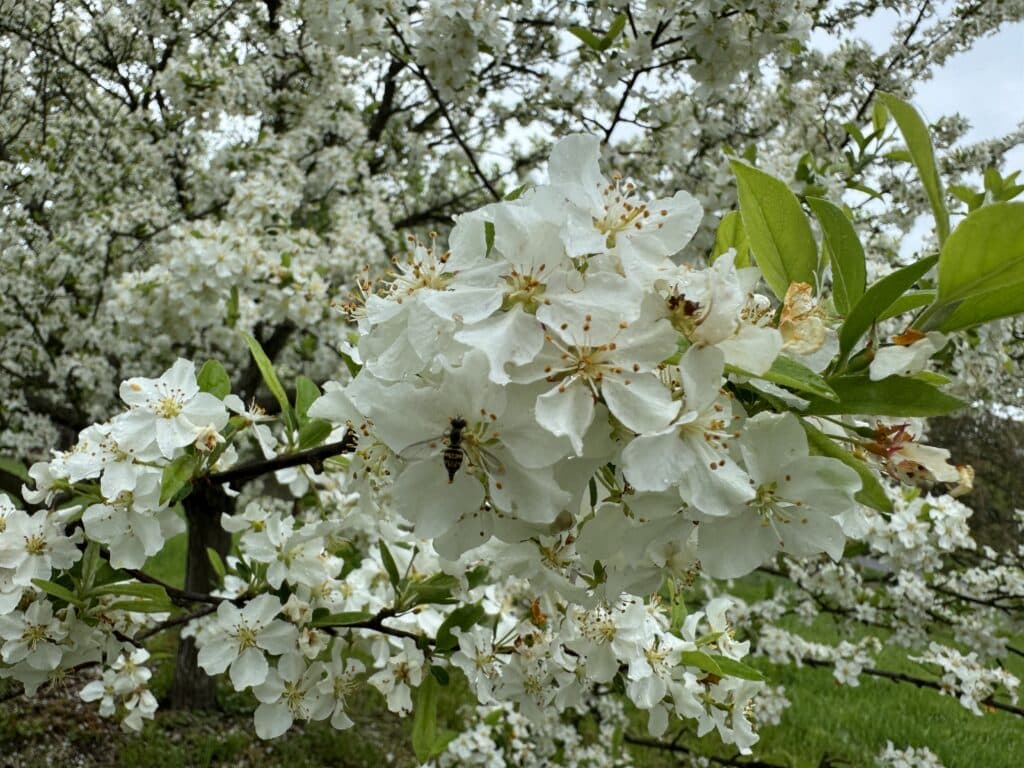
Deciphering the genetic relatedness of these crabapples help us understand disease resistance. The team is particularly interested in the fact that many crabapple cultivars do not have breeding information because they are open-pollinated, meaning that it is difficult to determine the genetic ancestry. Through genotyping, a technique for identifying an organism’s genetic makeup, the team has been able to determine that wild crabapple species are often more disease resistant than cultivars. This suggests that the genes that control disease resistance may be lost during the process of cultivation. The team is continuing to collect data in order to learn more about how the genetics of crabapple trees influence their microbiomes and health. Their work could one day lead to the development of new strategies for controlling disease susceptibility.
Maris Hollowell, Emily Lewis, Na Wei
